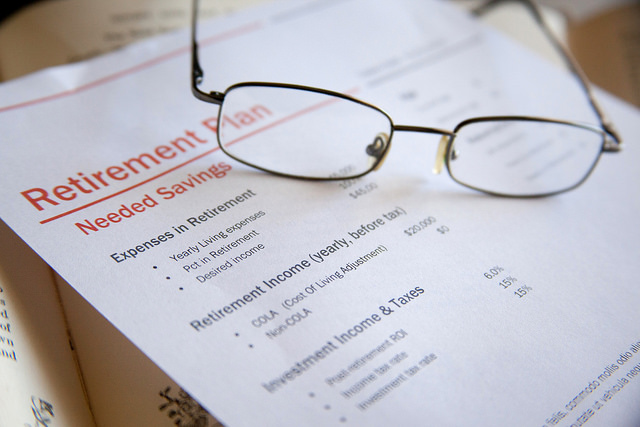Over at Bury Pensions, actuary John Bury covers New Jersey pension developments as close as anyone. And there’s been a lot to talk about lately, as the New Jersey Pension and Health Benefit Study Commission just released their first report last week.
But what wasn’t in the report is just as important as what was. While the report served as a great primer on how New Jersey’s pension mess came to be, it fell short on some counts.
Here’s John Bury’s take on what was left out.
__________________
By John Bury
The report did a good job of piecing together available public information but anyone could have done that. What this panel of experts was supposed, and failed, to do is bring their knowledge of the truth of the situation to the general public. Perhaps some did not possess that knowledge and others who did wimped out but here is what should have been in the report:
Actuaries lie
A 54% funded ratio and $37 billion shortfall for the state portion of the New Jersey pension sounds bad enough but people should be aware that these figures are generated by actuaries whose sole responsibility to their politician clients is to keep contribution amounts low. Ask yourself how a plan returning 16.9% in trust earnings when it is assuming 7.9% worsens their shortfall. It’s primarily because of a flaw in basic actuarial math which is not being adjusted for since getting it right is not what public plan actuaries are paid for when right means higher contributions. Then there is the smoothing canard that the panel completely ignores, quoting the $44 billion actuarial value of assets as real rather than the $39.5 billion market value.
Politicians cheat
$14,9 billion in skipped ARC payments under Christie in cahoots with the legislature who not only get to decide how much they put in but they also get to brag that their selected mini-contributions are the full statutorily required amounts though they get to define what is statutorily required.
Benefits are protected
Hinted at on page 18:
One of the reasons the reforms described above have had little impact on the unfunded liability is that many of them do not apply to all current employees.
And the reason many recent reforms are not applied successfully (witness the COLA fiasco) is that Christie Whitman in 1997 exchanged constitutional protection of those benefits for the ability to reduce contributions to a desired level (i.e. nothing). That needs to be admitted and reforms must include either paying for all those promised benefits in full or coming up with some strategy to get public employees to agree to reduce their benefits voluntarily.
Hybrid plans won’t work here
Though a Defined Contribution plan is the only type of plan that governments, run by political considerations and without independent funding discipline, should be allowed to sponsor moving new employees into these plans would only worsen the underfunding since a valuable input into the ponzi scheme New Jersey currently runs (employee contributions) would be shut off and new hires who are typically younger could wind up getting even higher benefits than under an age-weighted defined benefit system. In the private sector the shift to cash balance plans worked because older employees could be forced (or tricked into) accepting them. It would take a massive amount of ‘creativity’ and will to work the same magic in the public sector where employees have more leverage and politicians are not bargaining with their own money.






